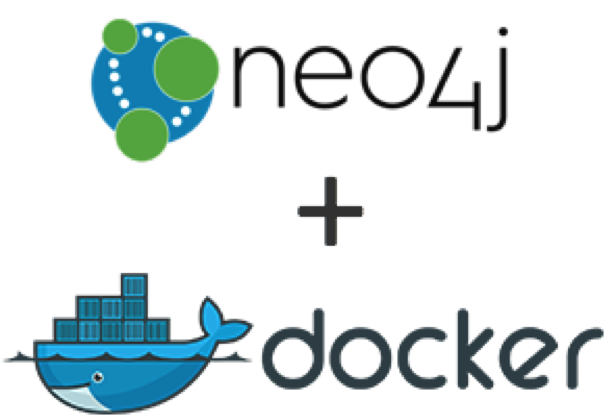Neo4j: Performing a database dump within a Docker container
Before the release of Neo4j 4.0, taking a dump of a database running within a Docker container was a tricky affair.
We’d need to stop the container and remove it, run the container again in bash mode, and finally take a dump of the database. With 4.0 things are simpler.

We’ll be using the following Docker Compose configuration in this blog post:
version: '3.7'
services:
neo4j:
image: neo4j:4.0.0-enterprise
container_name: "quickgraph-aus-open"
volumes:
- ./plugins:/plugins
- ./data:/data
- ./import:/var/lib/neo4j/import
ports:
- "7474:7474"
- "7687:7687"
environment:
- "NEO4J_ACCEPT_LICENSE_AGREEMENT=yes"
- "NEO4J_AUTH=neo4j/neo"Once we’ve created that file we need to open a terminal session where that file lives and then run docker-compose up to spin up Neo4j.
When that’s finished running, we can then run the following command to check on the status of our container:
$ docker ps
CONTAINER ID IMAGE COMMAND CREATED STATUS PORTS NAMES
77b91b30aa88 neo4j:4.0.0-enterprise "/sbin/tini -g -- /d…" 8 seconds ago Up 6 seconds 0.0.0.0:7474->7474/tcp, 7473/tcp, 0.0.0.0:7687->7687/tcp quickgraph-aus-openLet’s check which databases our Neo4j instance contains by running the SHOW DATABASES command:
$ docker exec -it quickgraph-aus-open cypher-shell -u neo4j -p neo -d system "SHOW DATABASES;"| name | address | role | requestedStatus | currentStatus | error | default |
|---|---|---|---|---|---|---|
"neo4j" |
"0.0.0.0:7687" |
"standalone" |
"online" |
"online" |
"" |
TRUE |
"system" |
"0.0.0.0:7687" |
"standalone" |
"online" |
"online" |
"" |
FALSE |
"womens" |
"0.0.0.0:7687" |
"standalone" |
"online" |
"online" |
"" |
FALSE |
We’re going to take a dump of the womens database using the Neo4j Admin dump command.
We can call that command by running the following:
$ docker exec -it quickgraph-aus-open neo4j-admin dump --database=womens --to=/tmp/womens-aus-open.dump
The database is in use. Stop database 'womens' and try again.Let’s stop that database using the STOP DATABASE command:
$ docker exec -it quickgraph-aus-open cypher-shell -u neo4j -p neo -d system "STOP DATABASE womens;"
0 rows available after 268 ms, consumed after another 0 msAnd now let’s re-run the dump command:
$ docker exec -it quickgraph-aus-open neo4j-admin dump --database=womens --to=/tmp/womens-aus-open.dump
Done: 75 files, 252.9MiB processed.The dump file is written to the Docker container, so now we need to copy that file onto the host:
docker cp quickgraph-aus-open:/tmp/womens-aus-open.dump .And finally let’s start our database back up again:
$ docker exec -it quickgraph-aus-open cypher-shell -u neo4j -p neo -d system "START DATABASE womens;"
0 rows available after 238 ms, consumed after another 0 msAnd we’re done!
About the author
I'm currently working on short form content at ClickHouse. I publish short 5 minute videos showing how to solve data problems on YouTube @LearnDataWithMark. I previously worked on graph analytics at Neo4j, where I also co-authored the O'Reilly Graph Algorithms Book with Amy Hodler.
